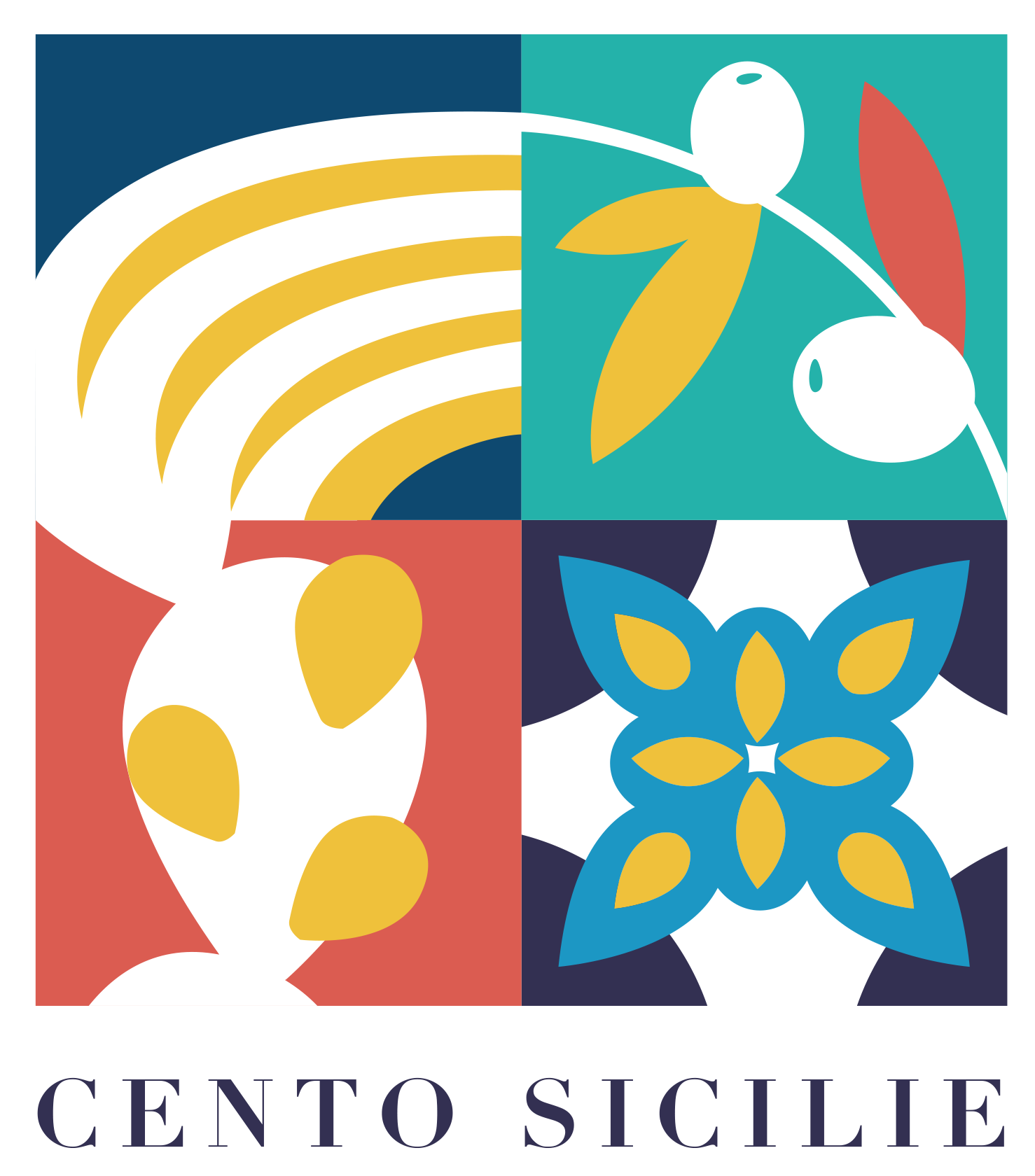The most important monuments of Catania
History, nature, but also economic importance. Catania can be summarized as one of the most important cities in Sicily. A concentration of various souls, which for this reason is decidedly attractive. Let’s get to know in detail some of the most important monuments of the city.
Cathedral of Sant’Agata
The Cathedral of Sant’Agata, Cathedral of the city of Catania, is one of the places of worship for tourists but above all for the people of Catania (devoted to the Saint, martyr and protector of the city). Built at the beginning of the last millennium, the Cathedral has been devastated several times by earthquakes and volcanic eruptions before being refurbished in 1711. The interior has a Latin cross and three naves; five separate altars lead to the richly decorated marble funeral monument of the bishop of the last reconstruction, Monsignor Pietro Galletti. At the bottom of the right aisle is the Chapel of San Agata, in which we can find the relics of the Saint perfectly preserved in separate pieces.
Palace of the elephants
The Palazzo degli Elefanti is located in Piazza del Duomo and is the seat of the Municipality of Catania. Erected after the disastrous earthquake of 1693, its construction was entrusted to the architect Giovanni Battista Vaccarini. The name of the building derives from the pediments of the balconies that Vaccarini adorned with elephants to recall the coat of arms of the Sicilian city, also well represented by the Elephant Fountain that stands in the center of the square.
Elephant Fountain
The fountain consists of a lava stone elephant from the Roman era on whose back an obelisk of Egyptian origin rests, this too is the work of the architect Vaccarini and represents three civilizations: the Punic, the Egyptian and the Christian. The elephant (called “u liotru” by the people of Catania) is the symbol of the defeat of the Carthaginians who came to conquer the city astride the enormous pachyderms. The obelisk, probably brought to Catania from Egypt at the time of the Crusades, belonged to the Roman Circus Maximus and represents the Egyptian civilization. The cross, the palms and the globe, which crown the monument, represent the Christian civilization.
Greco-Roman theater
Probably made from a pre-existing Greek structure, it dates back to the era of Imperial Rome (between the 1st and 2nd centuries AD). Like many ancient buildings, the Theater was also made of marble and lava stone, materials that gave the characteristic black / white color that is visible in many city monuments. Today only some elements of the ancient Greek-Roman Theater are visible, such as the cavea, the orchestra and some parts of the scene, while other elements over the centuries have been transformed into homes. The lower parts of the structure, such as the orchestra, are still bathed today by the waters of the Amenano river, once channeled inside the theater to give life to spectacular shows and naval battles.
Ursino Castle
The Ursino Castle is an ancient medieval fortress built by Frederick II of Swabia, dating back to the end of the 13th century. The fortress was for a long time one of the favorite residences of the Spanish viceroys and sovereigns, as well as having a primary role in the events of the Sicilian Vespers at the end of 1200. Today the Ursino Castle, publicly owned, houses the civic museum of the city of Catania .
Basilica Collegiata
The Collegiate Basilica, built in 1768 by the architect S. Ittar, houses frescoes by Sciuti and paintings by Sozzi. Originally, it was called the church of S. Maria dell’Elemosina and was the religious reference of the patrician families. It was called Collegiate in 1446, with the establishment of a chapter of priests, which claimed autonomy from the excessive power of the bishop. After the earthquake it was rebuilt on a project by Angelo Italia, but exactly upside down, with the current orientation and the facade on Via Etnea. This new location allowed the church to overlook the widest and most important street in Catania. The façade, the work of Stefano Ittar, represents the best of Catania’s late Baroque. The interior has three richly decorated naves, some medallions are leaning against the pillars and, also inside the church, large canvases depicting St. Euplius and St. Apollonia and a martyrdom of St. Agata are kept.
Palazzo S. Demetrio
It is the first building to be rebuilt after the earthquake of 1693, very rich in white stone decorations. Rebuilt at the behest of the Baron of San Demetrio, Don Eusebio Massa, who in 1694 placed an epigraph in the entrance hall of the new building in memory of the earthquake and as a good omen for the future. Significant changes have been made to the building over the centuries, in particular with the construction of a new building in the nineteenth century which incorporated the previous one, but the facade on Via Etnea and on the corner of the Quattro Canti was not affected.
Casa-Museo Giovanni Verga
The house where the great Catania writer Giovanni Verga lived most of his life and died in 1922. Inside there are memorabilia, manuscripts and moments of the real life of the writer from Catania.


Comment (0)